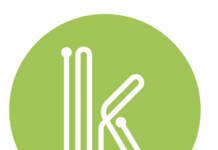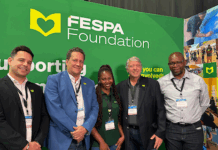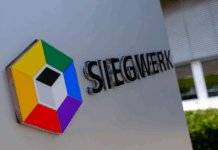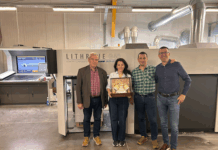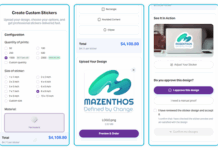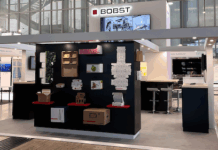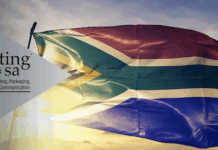This week is South African National Clean-Up and Recycle Week, with National Recycling Day taking place on Friday 19 September. While most South Africans understand what can be recycled, there’s still a significant gap between good intentions and action when it comes to paper recycling.
A recent survey by the Paper Manufacturers Association of South Africa (PAMSA), found that 20% of people admit they don’t recycle but would like to – highlighting the need to ‘close the gap between intention and action,’ according to PAMSA communication manager Samantha Choles.
The survey did reveal encouraging signs: 81% of respondents clearly understand what types of products can be recycled (up from 78% in 2023) and 74% of people said they recycle paper and cardboard either consistently or occasionally. Some 69% responded that they recycle their paper-based packaging such as delivery boxes, food packaging and drinking cartons. Only 5% said they never recycle their paper and cardboard products.
According to PAMSA, the paper recycling industry collects around 1.2 million tonnes of paper and paper packaging every year, diverting this volume from the country’s landfills and converting into new packaging and tissue products.
‘The way to close that gap is by raising awareness on the ins and outs of recycling and encouraging consumers to dispose of products responsibly,’ noted Choles.
‘Most paper products can be recycled, but there are a few exceptions – mainly due to the type of finishing or coating, material composition and contamination from the likes of food contact,’ she explained, adding that it is best to check the labelling on the paper product if one is in doubt.
Here’s a list of paper products that cannot be recycled:
Tissue products: tissues, paper towels, napkins and toilet paper.
Contaminated or dirty paper: paper plates and cups with food residue, waxy fast food wrappers, wet paper or cardboard, and cement bags (due to the cement residue).
Paper with mixed materials, plastic-coating and lamination: laminated office paper, photographs, wax-coated paper (like some fruit or meat wrappers), foil or plastic lined paper or gift wrap, envelopes with plastic windows (some facilities can handle them), paper envelope with bubble-wrap inners, and paper with glitter, metallic ink, or embellishments.
As far as possible, remove any non-paper elements from your recyclable paper. This includes sticky tape, plastic liners, metal or plastic binding, staples and paper clips.
‘While significant research and development is under way to improve the handling of a wider range of paper-based packaging, the re-pulping technology currently used cannot process large amounts of non-paper elements, as these can damage the machinery,’ said Choles.
So, what should you recycle?
Office/copy paper, brown cardboard boxes, grocery and takeaway bags, cereal boxes, medicine boxes, pizza boxes, magazines and newspaper, egg boxes and moulded fibre cup holders, centre cores from toilet rolls, kitchen towel, gift wrap, clingwrap, and tinfoil, milk and juice cartons (remove the plastic closures, rinse lightly and flatten) and paper cups.
Have a simple separation system with bins for rubbish and bins for recycling. This ensures that recyclable paper and cardboard will not get wet or dirty, and will stay in a good condition until it gets to the recycling mill. These can be placed around the house too, not just in the kitchen.
PAPER MANUFACTURERS ASSOCIATION OF SOUTH AFRICA
+27 11 803 5063
info@thepaperstory.co.za
www.thepaperstory.co.za



